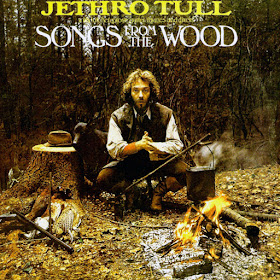One of the most successful classical-rock contaminations in prog history was undoubtedly this 4 movement and 16 minute suite by New Trolls. Please note this is also known as Concerto Grosso N. 1, because New Trolls got back to this title in 1976 (Concerto Grosso n. 2). More recently. with the band split in two different groups, they resumed the idea twice, with Concerto Grosso - The Seven Seasons (2007) and Concerto Grosso n. 3 (2013) not to mention a Concerto Grosso Trilogy Live (2007). To be honest, this first Concerto Grosso is a two fathers' son, being the group and composer-director Luis Enriquez Bacalov equally involved in the project. The baroque atmosphere and orchestration is naturally completed by the band's rock instruments and vocal harmonies and this is the main reason of its huge success.
The original cover.
Every movement (or tempo) has got its own temper, so that the listener goes through the Allegro effervescence, the Adagio sweetness, the Cadenza - Andante con moto springy tunes, finally, the Shadows abandon and experimentations. This last movement, dedicated to the memory of Jimi Hendrix, is perhaps the most interesting passage of the suite, with all its early '70s flavours. I like the whole lot, every moment of it, every change, every musical stunt in it. Being a real masterpiece (Ok, IMHO...) it is surprisingly mild and friendly, like all the good ol' things are.


.jpg)





















